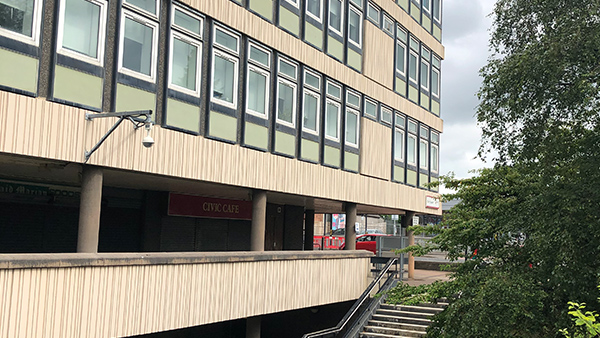Comment
Different legislation, same aim: protecting the historic environment
Continuing our series of personal reflections celebrating 10 years of the Heritage and Townscape team, Senior Consultant, Hannah Tweedie provides her thoughts on the different heritage protection styles across the UK and Ireland.
Anyone who knows me, knows that for me heritage isn’t just a job, it’s a lens enabling me to see the different layers and traces of people and activities which, over time, have shaped the world around me. Luckily for me, despite almost half of my time at Turley being during the unusual times of coronavirus lockdowns and travel restrictions, I’ve still had the chance to continue my explorations. I’ve been kept busy examining and advising on the historic environment in various locations in Scotland and England, and even squeezing in virtual visits to Wales and Ireland.
Despite subtle differences in legislation and the various planning systems and associated guidance, the aim everywhere is essentially the same - to ensure that amidst necessary change and development, significant elements of the historic environment are protected. Which inevitably leads to the key question – how do we ensure our systems of national and local designation appropriately protect the significance of our historic environment as a whole?
Generally speaking, designation of heritage assets is carried out at the national level (by Historic Environment Scotland, Historic England or CADW) and takes into account broad knowledge about the historic environment across each country, seeking to ensure that the most significant examples of particular assets and architectural styles are protected. Protected assets aren’t just those of obvious appeal, but also those demonstrating technological advancement or new ideas on building or landscape design. As someone whose interest in heritage began through ponderings of the distant prehistoric past, it has been fascinating to lately find myself considering the significance of much more recent heritage; such as Motherwell Civic Centre which has recently been designated as a Category B listed building. It is a great example of modernist architecture, a building through which we can gain an insight into changing ideas on how society should function.

But in Ireland, I’ve discovered, designation works rather differently, with buildings of significance protected through local development plans by addition to the Register of Protected Structures, creating a greater sense of a local connection to the designation system.
It seems to me, that local perceptions of significance, as well as national perceptions, must be proportionately taken into account during the planning process in order to protect local distinctiveness. Various attempts to achieve this integration of local knowledge and perceptions of significance within considerations of the historic environment have been made. Some councils in England, for example, have created local lists of buildings or heritage assets which they consider to be of importance; conservation area appraisals often note buildings which, although undesignated, contribute to the character and appearance of an area; and various interest groups have sought to draw attention to other locally significant assets, such as through the creation of inventories of gardens and designed landscapes of local interest. Differing approaches taken in different areas mean that protection of these locally significant assets is inconsistent; consideration at local level often doesn’t appropriately consider all the different elements which are important locally in creating a sense of place, or which form the setting for more important nationally significant assets.
I think ultimately this is the part of my work I love most - informing and shaping the future of those hidden, modest aspects of our historic environment. Those things we’ve probably all started to notice on our walks during lockdown, the elements of our cultural heritage not significant enough to merit designation, but playing a role in creating the unique and distinctive character of a local area.
Through noticing the characteristic view to a local landmark, or the remnant element of a local landscape that could be incorporated within a new development, we can make sure that new development isn’t just about the new. Rather, it’s about strong placemaking, creating a new layer among the many which create the characterful historic environment which is all around us.
For more information on the work of our Heritage and Townscape service, please contact a member of the team.
18 January 2021